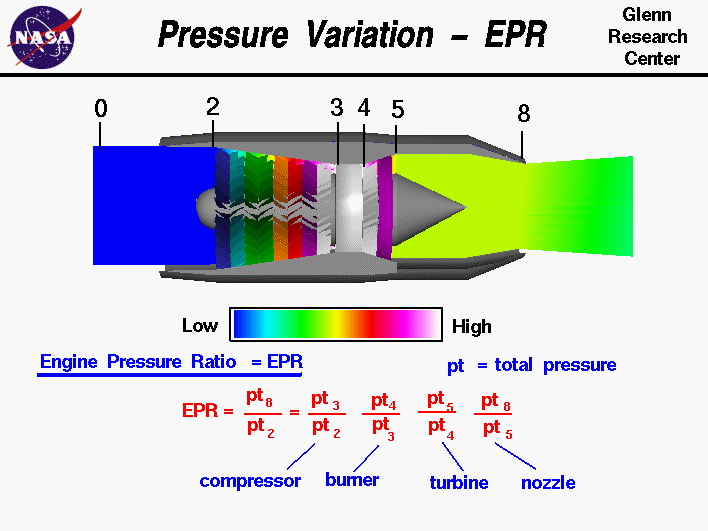Well, not necessarily no pressure but just in in accurate reading. I definitely know we will see pressure there I just don't know if it will be accurate to the amount of force at the end of our piston????
I predict that the pressure will be the same at every point in the cylinder, that the gas pushes everywhere the same.
If this isn't the case then we should be really puzzled
Interesting thing in your upcomming testing could be that you may already reach overunity. Why do i say this? Because Bob admits to reach ou many times, dow not yet in the amounts that Papp did.
Question is, is your premix already strong enough or does it need purification?
The rest of the mechanical variables you have a firm grip on and can have all kinds of variations in. Like voltage, amps, frequency, duration of sparks etc.
You still need the test measurement inputs, and still have to find the feedback current (maybe after hooking up the piston) but after that you will run some mixtures and some of them will be already O.U.
During these test the importance of the right mix will become obvious again and i hope KC will have some answers at that time about the clustering theory and how to make some of those clustered mixes.

